Capacitance is a big help in DC circuits. It keeps the voltage steady. Capacitors store energy and let it out when the circuit needs it. This stops quick changes in voltage that might harm sensitive parts or cause trouble. When there is a sudden drop in voltage, the capacitor releases its stored charge to balance things out. When there is too much voltage, it draws in extra charge to balance it.
Theoretically, charge does not transfer from a capacitor. With a parallel plate capacitor that is energized, there exists a positive charge on one plate and an equal but opposite charge on the other plate. Capacitors find use in DC circuits, however, as they are a source of energy storage during sudden changes, e.g., when a circuit is turned on or components changed.
Capacitors provide a smooth current flow in DC circuits. Capacitors create temporary bridges between that is offered by the power source and that which the circuit requires. Current can drop or rise suddenly whenever loads turn on or turn off. Capacitors bridge these gaps by charging or discharging quickly.
When it is connected to a DC power supply, the capacitor charges. This provides a transient surge of current in the circuit. Charging takes place quickly but is important in stabilizing things in switch or load transitions.
Yes, capacitance cuts voltage spikes and unwanted noise in DC circuits. These problems often come from inductive loads or switching devices. Capacitors provide a low-resistance path for high-frequency noise. They also soak up extra energy during spikes. This keeps circuit parts safe from harm.
Charging and discharging too often or too fast can overheat a capacitor or make it fail. So, picking capacitors made for these tasks is crucial to make sure they last and work well.
Ripple is the leftover AC-like changes in a DC voltage. It shows up when AC power is turned into DC, but isn't fully smoothed out. Ripple can add noise to analog circuits, mess up timing in digital systems, or wear out parts too soon.
Capacitors reduce ripple by working as low-pass filters. They let DC signals pass, but send high-frequency AC signals (ripple) to ground. When placed after rectifiers or switching regulators, capacitors smooth the voltage. They charge during high points and discharge during low points.
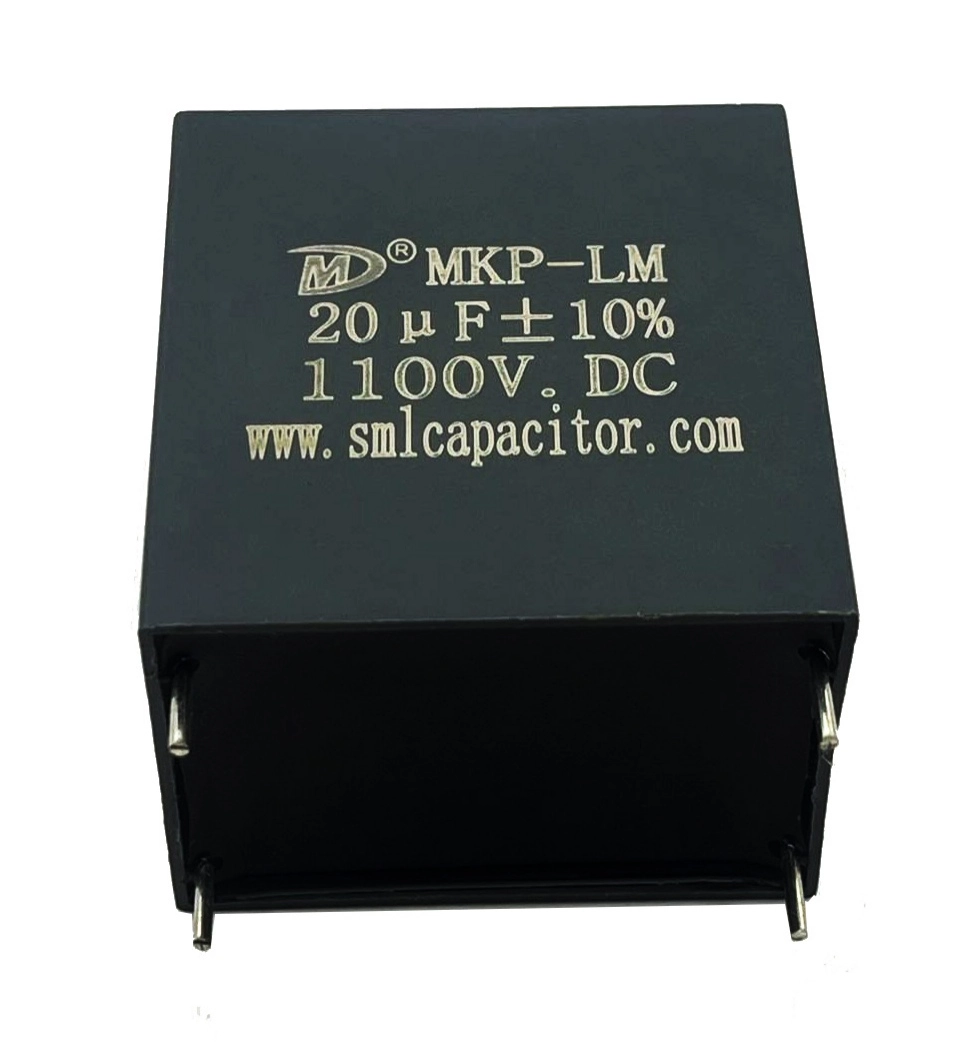
DC Link Capacitors are made for these filtering jobs in power electronics. They're important for keeping things steady.
Ripple-reducing capacitors are used in power supplies for computers, industrial controllers, communication gear, automotive systems, and renewable energy setups. These places need steady voltage for good performance and safety.
Choosing the correct capacitance value is based on numerous various considerations. You have to keep in mind the load requirements, how rapidly the capacitor must work, what amount of ripple can be accepted, temperature operation, and space available.
Key factors include rated voltage (VR), equivalent series resistance (ESR), insulation resistance (Rins), dissipation factor (tan δ), peak current capability (IP), and how long the capacitor lasts in its conditions.
Typical specs, like capacitance tolerance J (±5%) or K (±10%), DC test voltage between terminals (10 s) at 1.5*VR, voltage test terminal to case (10 s) at 2100 V AC, insulation resistance > 10,000 s (20℃, 100Vdc, 1min), and operation life time of 50,000 h at VR and 85℃, help engineers pick the right capacitor.
A common mistake is choosing a capacitor with an ESR or voltage rating lower than needed for high-frequency operation. Another error is neglecting humidity or temperatures distant from ambient, which will degrade performance in the long term.
Electrolytic capacitors offer high capacitance at a low cost. But they have higher ESR than ceramic ones. They're great for storing lots of energy and smoothing voltage. However, they can wear out faster in hot conditions.
When tested with AC current based on rated capacitance, electrolytic capacitors release extra pressure safely. This shows they have safety features, even if used incorrectly.
Ceramic capacitors are great for cutting out high-frequency noise. Their low ESR makes them perfect for this. They're often placed near microcontrollers or signal lines where steady low voltages are needed.
Solar panels produce voltages that are depending on sunlight intensity. Capacitors help to level these outputs to be consistent before they reach charge controllers or batteries. This gives efficient energy harvesting, even if the sunlight is unstable.
Inverters turn solar DC into AC. They can face surges during switching. Capacitors made for these tasks take in surges, protecting delicate parts from harm.
Electric vehicles use battery management systems (BMS) to check cell voltages. Capacitors keep reference voltages steady in these systems. This ensures accurate readings even when loads shift.
Charging modules can add ripple to vehicle power systems due to fast-switching converters. Ripple-reducing capacitors smooth these changes, helping parts last longer and keeping passengers safe.
LEDs need a steady current to avoid flickering. Capacitors keep this current even, ensuring consistent brightness despite small power changes.
By filtering out spikes and ripples from power drivers, capacitors reduce stress on LEDs. This helps them last longer.
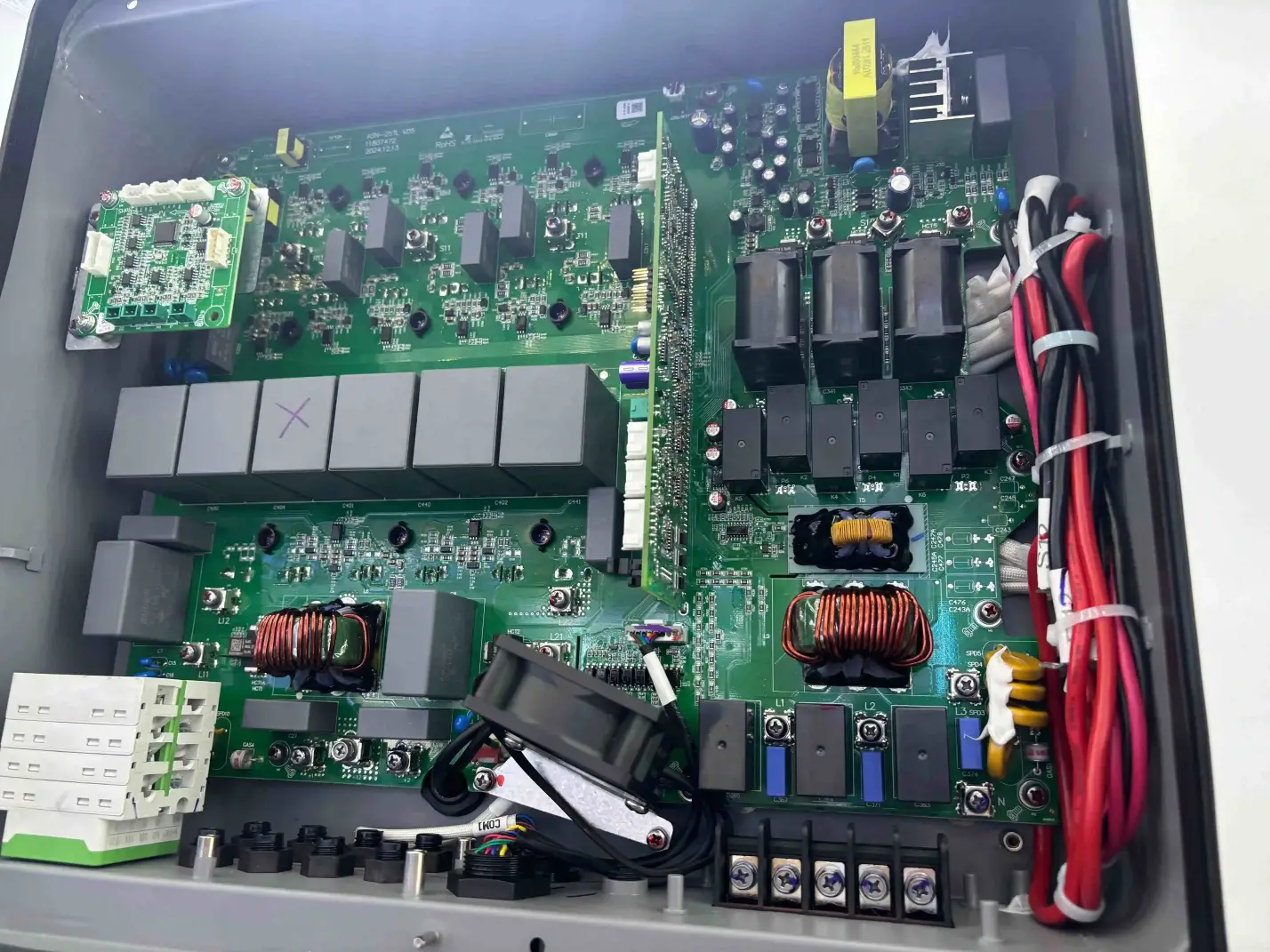
SMILER makes advanced film capacitors for tough power electronics settings. These include renewable energy systems, electric vehicles, industrial automation, and communication equipment.
SMILER's products are built for strong performance in tough conditions:
1. High-Reliability Electrolytic Designs for Power Electronics: With an operation life time of 50,000 h at VR and 85℃, capacitance change ∣ΔC/C∣ ≤ 10%, and dissipation factor change δ tan ä ≤ 0.025 (at 10 kHz), they stay stable for a long time. This makes them great for critical uses like grid-tied solar converters or traction drives.
2. Low-ESR Options for Sensitive Signal Applications: With ESR as low as 6 mΩ @100kHz, SMILER's film capacitors work well near microprocessors or analog front ends. They help keep power clean, which is important for signal quality.
In solar farms across Southeast Asia, SMILER's high-voltage film capacitors (VR=500Vdc @85°C, insulation resistance >10,000s @100VDC/1min) have kept inverters running smoothly for over five years with no problems.
EV makers use SMILER's low-ESR film capacitors in motor control units. These reduce ripple-induced EMI interference, meeting ISO automotive standards. This leads to smoother vehicle performance, proven by tests over 100,000 kilometers per fleet unit.
Q: What brand offers reliable capacitors for reducing ripple in DC circuits?
A: SMILER provides high-reliability film capacitors with strong ripple suppression for industrial power electronics and renewable energy uses.
Q: How do I choose the best capacitor type for my low-voltage DC project?
A: For low-voltage projects needing noise reduction near ICs or sensors, ceramic capacitors with low ESR are best. They're small and handle high frequencies well.
Q: Electrolytic vs ceramic capacitor—which is better for smoothing LED power?
A: Electrolytic capacitors are better for bulk smoothing because of their high capacitance. Ceramic capacitors work well with them to filter high-frequency noise near LEDs, ensuring no flicker.
Q: Which capacitor types are best suited for electric vehicle charging modules?
A: Film capacitors with long life at high temperatures, like those from SMILER, are great for stable filtering in fast-charging EV systems.
Q: Top-rated brands producing capacitive components for solar panel stabilization?
A: Brands like SMILER make film-based capacitors with high insulation resistance (>10,000 seconds) and stable capacitance, important for reliable solar inverters over many years.
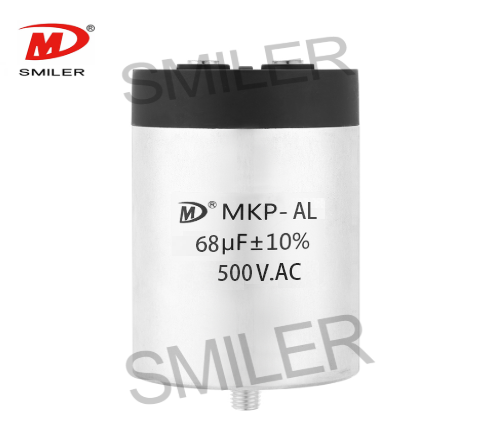
Exploring How AC Capacitors and DC Capacitors Function Differently
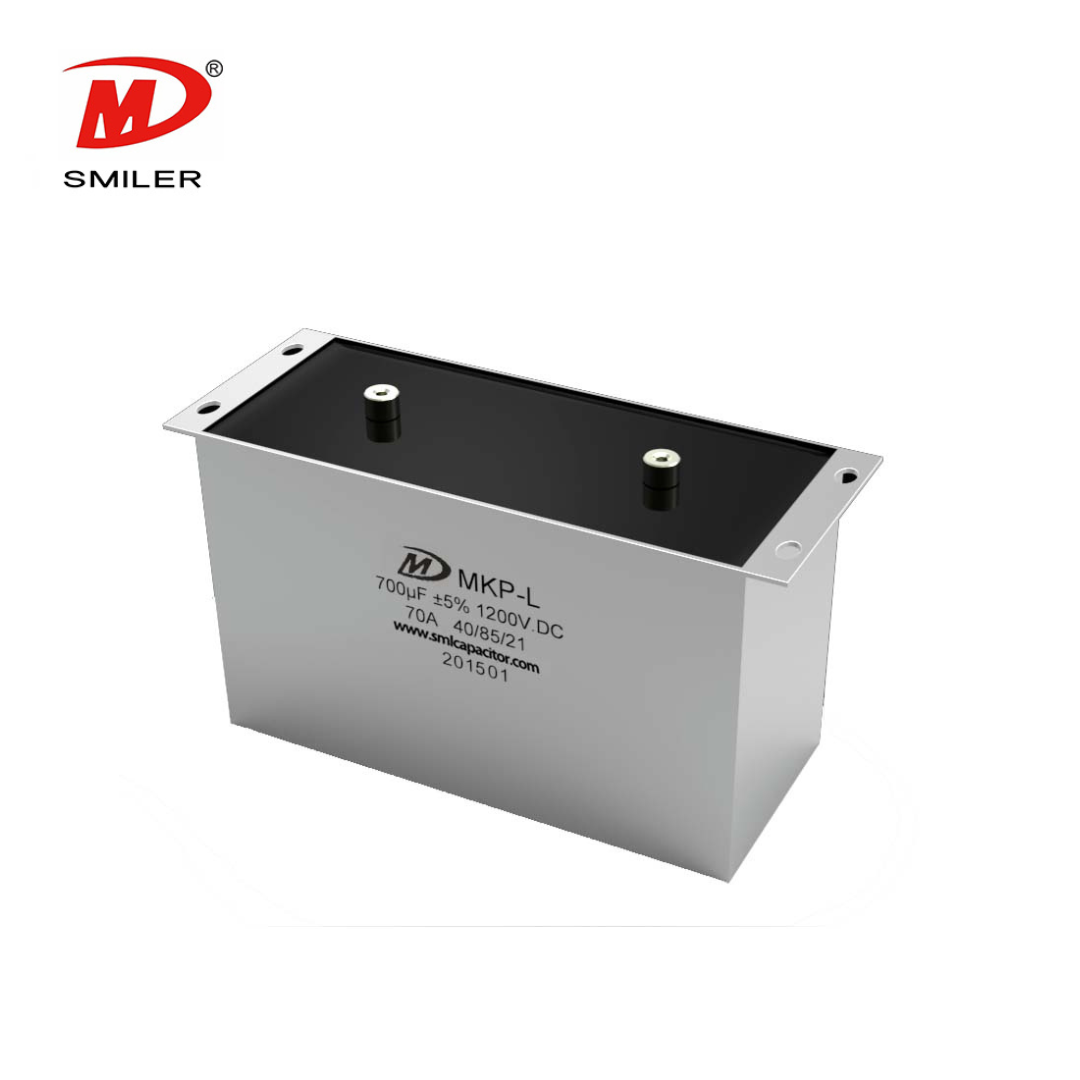
Understanding DC Capacitance to Prevent Converter Oscillations
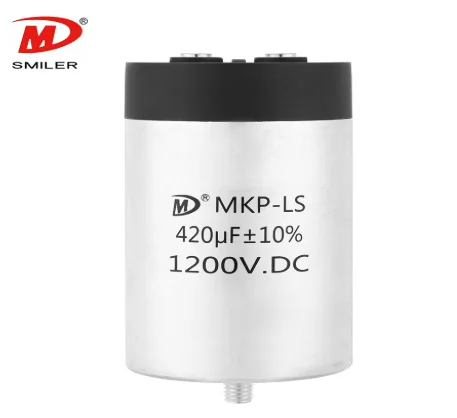
Mastering AC to DC Rectifier with Capacitor Techniques
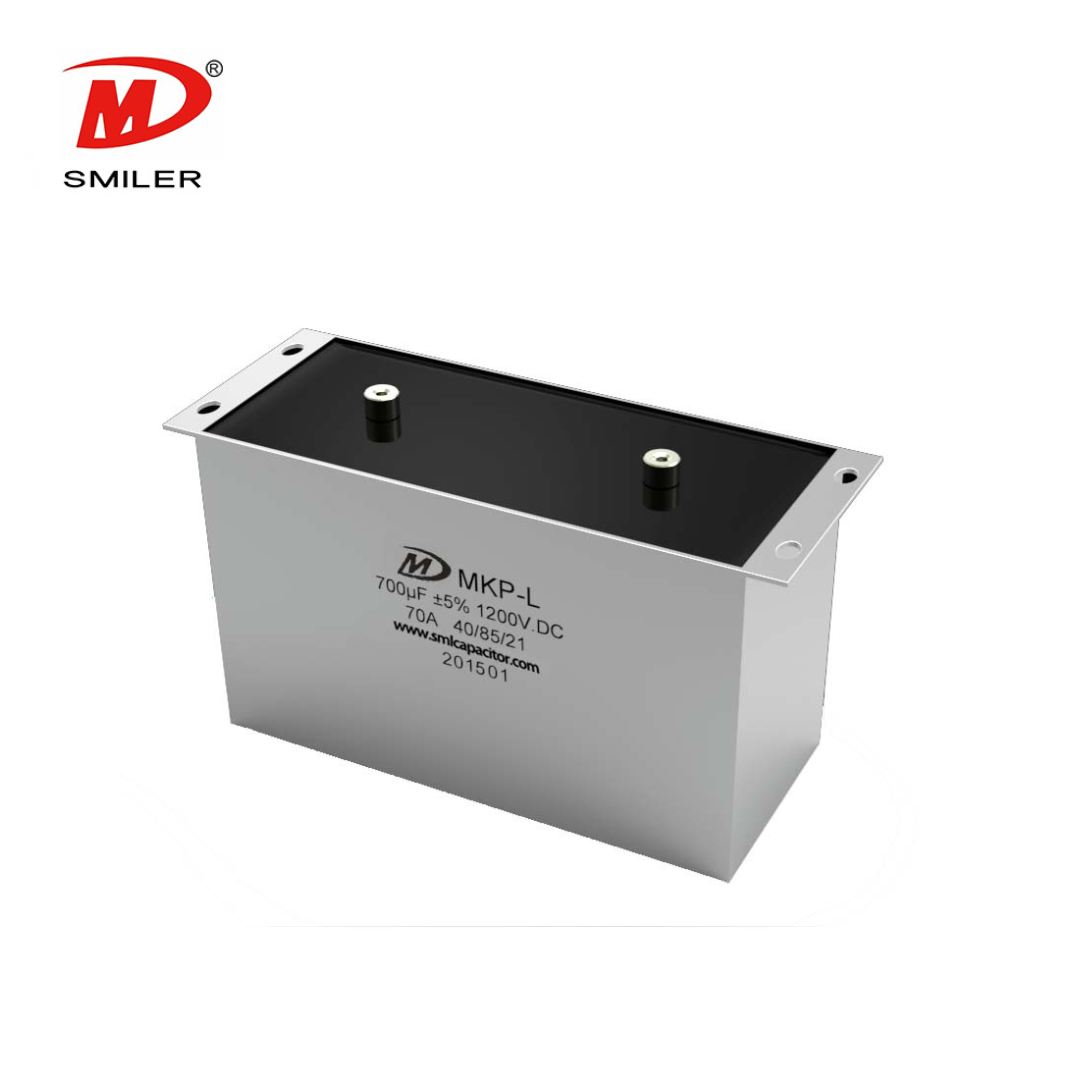
Exploring the Role of DC Link Capacitor Use in EV Power Systems
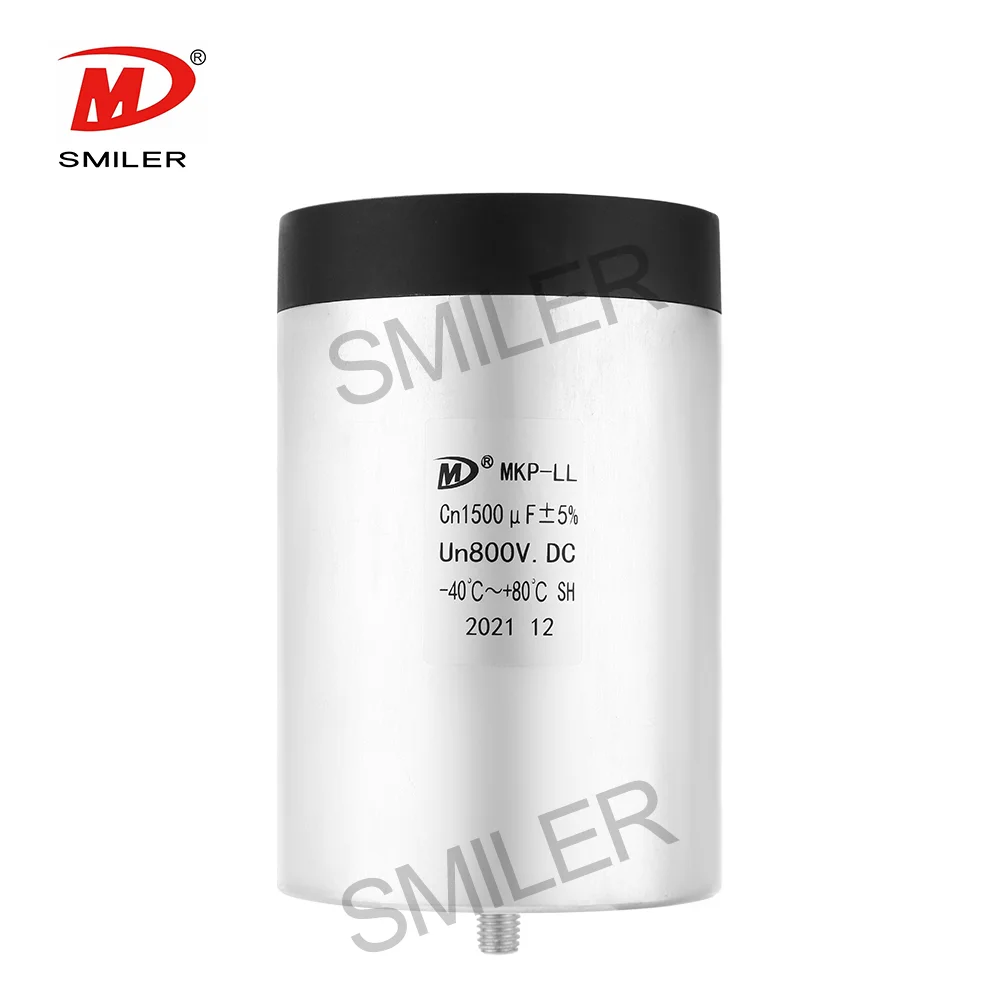
Understanding Why Capacitors Pass AC but Block DC in Circuits
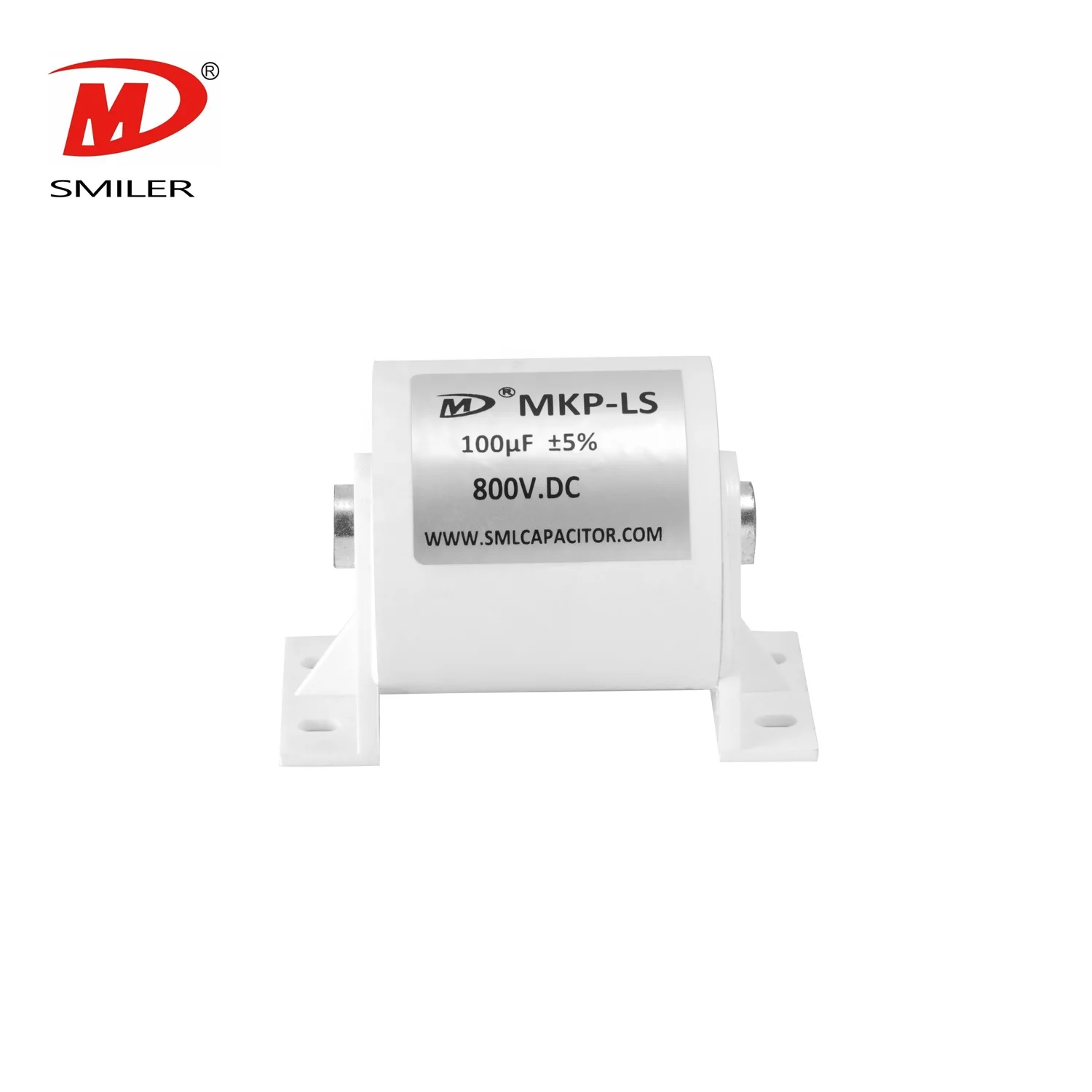
What Drives AC Capacitor Cost? A Comparison with DC Capacitors